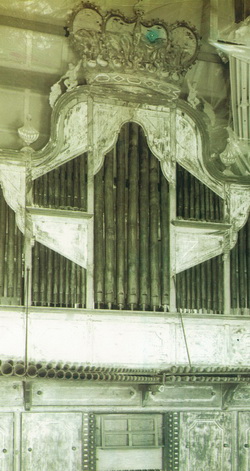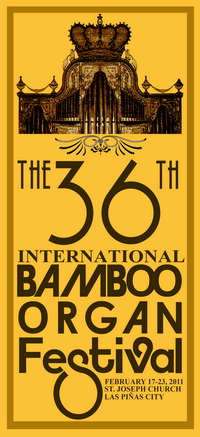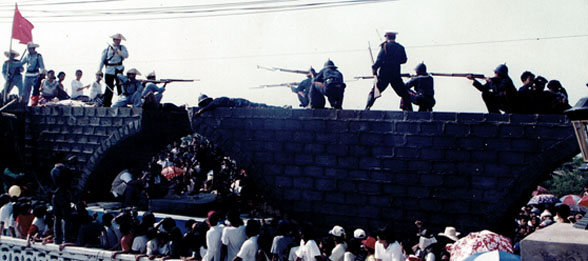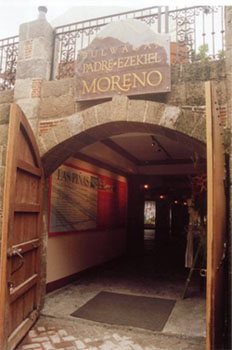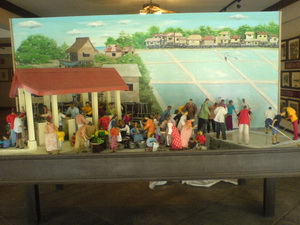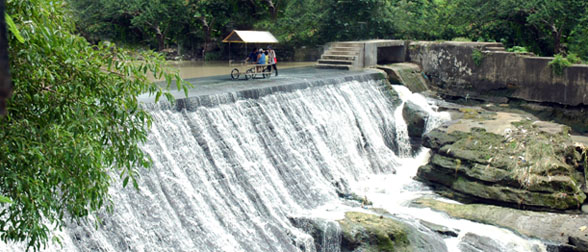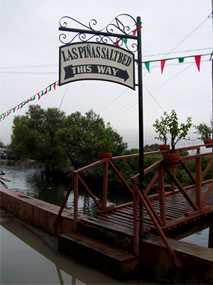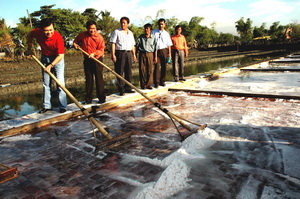AWARDS MANAGEMENT
Empowering the poor and the underprivileged has been a key advocacy of the Villar SIPAG (Social Institute for Poverty Alleviation and Governance) since it was established in 1995 by its Founding Chairman and Former Senate President Manny Villar and Senator Cynthia Villar. The Villar SIPAG plays a key role in the foundation’s efforts to combat poverty among Filipinos.
The Villar SIPAG serves as home of all their efforts and endeavours in fulfilling their advocacies. It is more than a showcase of the Villar’s past, present, and future efforts to reduce poverty in the country. It is a working hub and a proactive center. Its name alone highlights and promotes the value of hard work as a tool in overcoming poverty. The Villar SIPAG will guide, train, teach, and empower womenfolk, the youth, jobless, and even relatives of overseas Filipino workers (OFWs) to uplift their lives as well as enhance their skills and know-how.
The Villar SIPAG Awards aim to identify the Most Outstanding Youth Social Enterprise organized by Filipino youth groups all over the country. Through this program, the Top 10 Most Outstanding Youth Social Enterprises shall receive ONE HUNDRED FIFTY THOUSAND PESOS (P150,000.00) cash prize to further help their projects and initiatives in alleviating the poverty situation in their respective communities.
PROJECT OVERVIEW
The Villar SIPAG Awards – Youth Poverty Reduction Challenge is a friendly competition among the Filipino youth whose social enterprises can contribute in alleviating the poverty situation in their respective communities. The participating groups who submit/nominate the most thought-provoking and well-reasoned social enterprise will take the cash prize. Ten (10) Most Outstanding Youth Social Enterprises shall be selected as winners. Each entry shall go through evaluation, comprehensive screenings and rational project defense. Entries will be judged and selected by a panel of social entrepreneurs and socio-civic specialists.
HOW TO JOIN
- Fill out the downloaded application form and send to [email protected] with the subject “2022 Youth Challenge – [Name of the Social Enterprise]” together with the completed summary of the social enterprise and other supporting documents, (if any). Your summary must be concise – minimum of 3 and maximum of 5 pages.
- To be considered, entries must include the following information: Group Name with each participant’s full name, age, birth dates, email address and contact number. Each group must have at least 2-3 youth members, whose ages fall between 16-29 years old, as of date of entry submission. We require a copy of authenticated birth certificates.
- All entries must be duly received by Villar SIPAG Secretariat. All decisions made by the judges are final and not subject to appeal.
- All entries that will pass the initial screening process will go through a site validation/ evaluation. If ANY false or misleading information has been submitted, the participant shall be disqualified even without prior notification.
- Only one unique social enterprise model entry per participating group.
- Punctuation, grammar, clarity, and organization will be considered during the evaluation process, as well as the quality of the ideas, sustainability of the project and should identify positions to justify that poverty reduction measures were met for their respective communities.
- There will be 10 winning entries. Each shall receive ONE HUNDRED FIFTY THOUSAND PESOS (P150,000.00) cash prize.
- All products and services must conform to environment -protection standards; it should also address waste management measures in any given social enterprise set-up.
- Deadline of submission is until June 15, 2022.
ENTRY CONCENTRATION
- College students / Masteral Students
- Out-of-school youth
- Young professionals
- Social enterprise groups
- Young entrepreneurs
- Youth organizations; and
- Other community organizations. All entries must be in operations for atleast 3 YEARS.
JUDGING CRITERIA AS BASIS FOR DETERMINING THE FINALISTS AND AWARDEES
| Originality & Uniqueness Your social enterprise creatively demonstrates how it will solve the problem of poverty in your communityYou describe a unique product or service that is well-thought out and one-of-a-kind | 25% |
| ADAPTABILITY Your social enterprise must have the ability to respond flexibility in any given community situation | 25% |
| SUSTAINABILITY Your social enterprise addresses a sustainable need and how that need will be fulfilled | 25% |
| COMMUNITY UPLIFTMENT Your social enterprise helps in uplifting the conditions of poor and urban communities/ disadvantaged communities | 25% |
| TOTAL | 100% |



















